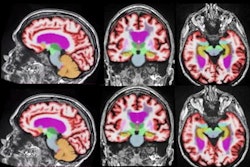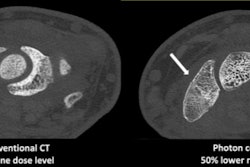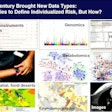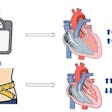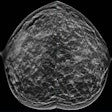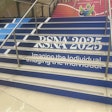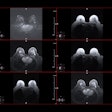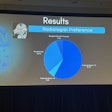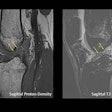Dear Digital X-Ray Insider,
Radiologists play a crucial role in diagnosing child abuse, as fractures are the second most common finding of child abuse after bruising and other cutaneous signs. One characteristic injury of fractures due to child abuse is the classic metaphyseal lesion (CML). Strong evidence has supported this association since CMLs were first described in 1953.
Despite this, some medical-legal experts claim CMLs in child abuse cases result from rickets and not traumatic injury, according to a U.S. group. The researchers say this is a dangerous fringe belief, and they countered it recently with a study showing that radiologists can reliably differentiate between the two on x-rays. You can read the story in this edition's Insider Exclusive.
On the artificial intelligence (AI) front, algorithms continue to show promise in helping radiologists deliver better performance. French investigators recently evaluated an algorithm (BoneView, Gleamer) as a tool for helping radiologists identify bone fractures on x-rays in trauma patients. They found the algorithm significantly reduced reading time.
In another study, a South Korean team investigated the potential of an algorithm (Insight CXR, v. 3, Lunit) approved for analyzing chest x-rays in adults for spotting lung abnormalities in pediatric patients. Validating algorithms already approved for adults could be a new approach for developing the technology for use in children, the group suggested.
Yet uptake of AI applications in the clinic remains slow. A study in the U.K., where they face not only a backlog of unreported images but also a shortage of radiographers, suggests one reason is that radiographers are on shaky ground when it comes to explaining decisions aided by AI algorithms to patients. The study authors called on vendors to better educate clinicians about how their products work.
Notwithstanding AI applications, x-ray imaging remains dynamic, even untapped. Several recent studies suggest new ways to use routine x-rays at the point of care.
In one, an Australian group found that assessing abdominal aortic calcification -- an early marker associated with vascular disease -- at the time of dual-energy x-ray absorptiometry bone density testing can help identify older women at risk of dementia. In another, a team of orthopedic surgeons in New York City found that bone measurements on routine x-ray exams acquired before hip replacements can help identify patients at high risk for fractures related to the implants.
Moreover, researchers continue to develop ways to reduce radiation doses from x-rays, especially in children. In a study using anthropomorphic phantoms, an international team simulated neonates undergoing digital chest x-ray. The group found that using high kilovoltage peak settings resulted in a significant drop in radiation exposure while maintaining adequate image quality.
In news on the University of Iowa's health news blog, the school's hospitals said they are ditching their lead aprons, citing evidence that radiation shielding for patients during x-ray exams is no longer necessary.
Finally, in response to the continuing tragedy of school shootings in the U.S., an emergency radiologist in Nashville, TN, with experience treating mass shooting victims has described the injury patterns related to the use of AR-15 semi-automatic rifle -- and called on policymakers to reform gun laws.
That's all for now. Be sure to check back often for more news in your Digital X-Ray Community.






